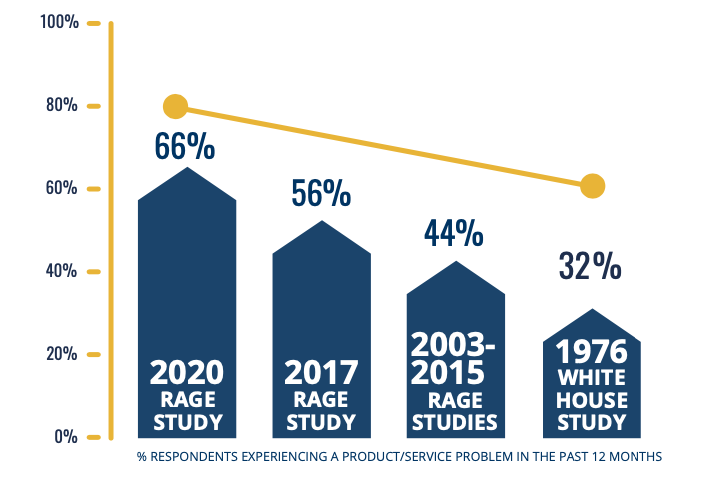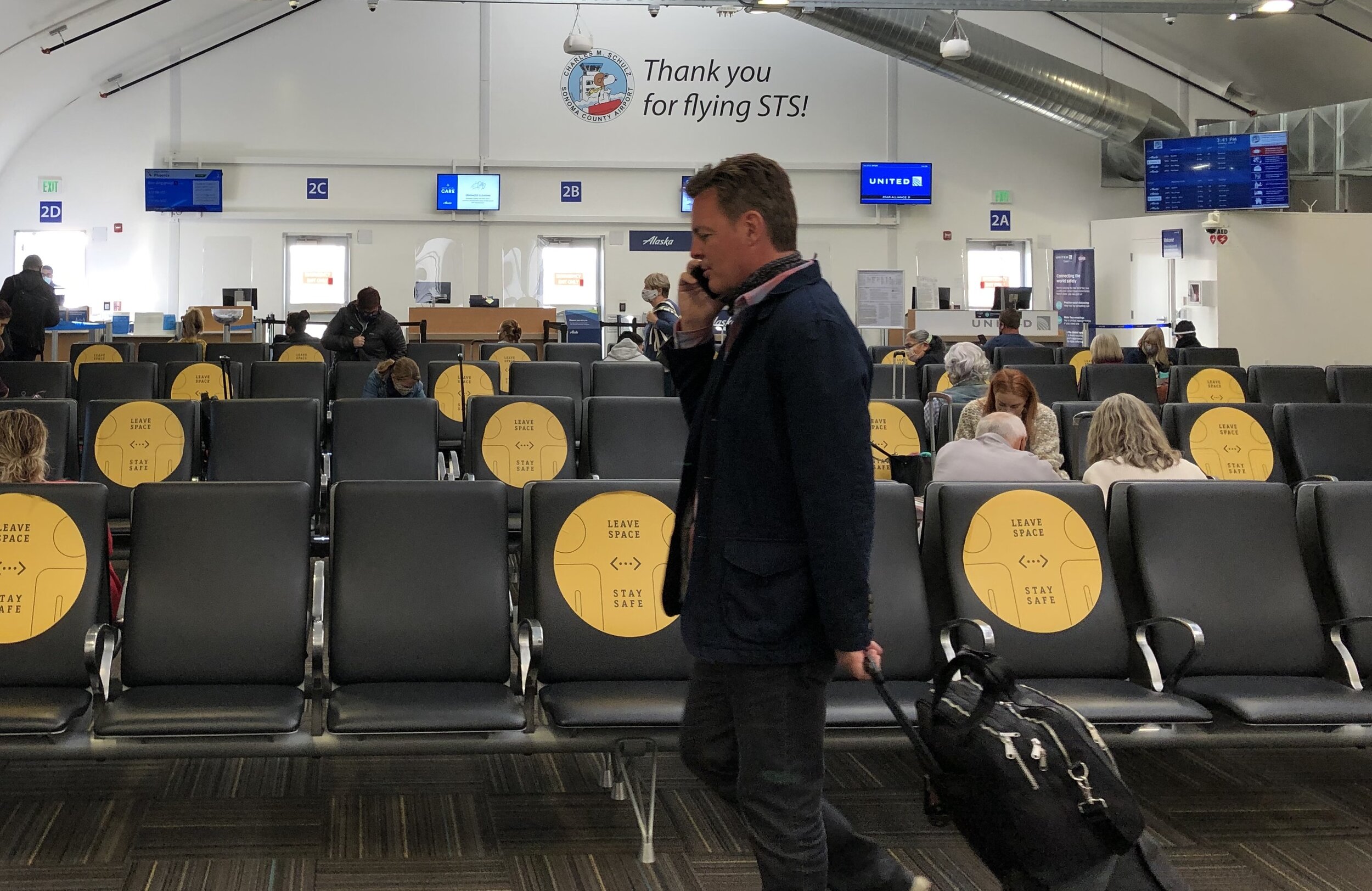I could tell my client wasn't feeling great.
Her company had recently written their customer service vision statement, following the process outlined in The Service Culture Handbook. Everyone seemed excited about the rollout, but something didn't feel right to my client.
We talked about it a little to get at the source of that nagging feeling. It finally hit her, "I don't think we had the right people on the vision writing team."
Getting the right people on the team can be a challenge.
You need the right mix of people to represent your culture. Too many executives, too few frontline employees, or too many people who all think alike can cause blindspots.
This post will walk you through how to pick your vision-writing team while avoiding some common pitfalls. I've also included a link to my step-by-step process at the bottom.
Before you get started, check out this post if you want to familiarize yourself on the customer service vision concept.
Top mistakes when selecting your vision writing team
Let's start by looking at a few common mistakes organizations make when selecting the team to write the customer service vision.
Mistake #1: Only executives
Some leaders write the customer service vision at an executive retreat. I've called this the biggest mistake when building a service culture.
That's because frontline employees and middle managers had no ownership stake in writing the statement, which makes it harder to get their buy-in. A statement written by executives usually excludes something important because executives have one perspective on the culture.
Put less politely, a customer service vision written exclusively by executives almost always sets off employees' bullshit meter.
Mistake #2: Involving customers
It might seem counterintuitive, but customers should not participate when writing your customer service vision.
There are many reasons for this (detailed here), but the gist is a customer service vision statement should reflect your organization's culture. Customers aren't really part of that.
Mistake #3: Too many participants
I’ve facilitated vision writing meetings with as many as 30 people when I first started refining this process. It was always too cumbersome having that many people in the room trying to wordsmith a single sentence.
Trial and error taught me that the ideal vision writing team consists of 7-10 people. (More on that in a moment.) Any more than 10, and there's too much noise in the room. Any fewer, and there’s not enough diversity.
Bottom line, when writing a customer service vision, it's important to follow the recipe outlined in The Service Culture Handbook.
Get the book
The Service Culture Handbook
Who should be on your vision writing team?
My client hadn't made any of the classic mistakes. Yet she still felt her company didn’t choose the right mix of people to write the vision.
We talked about it and she revealed that people applied to be on the team. The leadership team got a lot of applications, which was great! But they hadn't created a selection process ahead of time.
In retrospect, my client realized the application itself was an issue. Employees were asked to describe their thoughts on the organization’s culture, and executives selected employees who most aligned with their own thinking.
The ideal team should reflect a diversity of thought within the organization, so critical perspectives are included. Here's how to build your team:
Team Size
The ideal vision writing team should have 7-10 members, plus a facilitator. The facilitator should be someone neutral, and you might want to consider hiring someone external.
If your team will be meeting virtually to write the statement, I recommend keeping the team size closer to 7 people. This makes the process easier to manage, though I've facilitated virtual vision writing meetings with 10 people.
Resource: How to write your vision in a virtual meeting
Team Composition
It's important that the group represent as many perspectives within the organization as possible. I like to start by adding three core people to the team:
at least one frontline employee
at least one senior leader
at least one mid-level manager
There's a few additional qualifications I'd suggest considering for each person.
Frontline employees:
Customer-facing
Someone who often "speaks for the group"
Unafraid to speak up in front of senior leaders
When possible, it's good to have multiple frontline employees on the team.
Senior leaders:
As senior as possible
Authority to implement the vision statement
Influential with the rest of the senior team
Willingness to listen to employee perspectives
Mid-level managers:
Positive relationship with frontline employees
Supervises at least one frontline employee on the team
I often find that employees and their direct supervisor bounce ideas off of each other during the vision writing meeting, so it's good to have them in the same room as long as they have a positive working relationship.
Once you've identified your three core people, here are some additional people to add to the team:
Additional customer-facing employees
Non-customer facing frontline employees
Support employees (e.g. human resources, training, finance, etc.)
I try to include a maximum of three senior leaders on the team. You want the vision statement to capture their big picture perspective, but you also don't want so many senior leaders in the room that other team members are less willing to speak their minds.
The bottom line for this team is representation. (See my interview with J. Israel Greene on why representation is critical to your culture.)
Keep in mind that if you follow the entire process, you will have already surveyed everyone in the organization to ask for their input prior to the vision writing meeting.
Additional Resources
Here are a few additional resources to help you write your customer service vision statement.
Contact Me: Get stuck? Have a question? Please contact me. I'm happy to offer some advice and suggestions at no obligation.
The Service Culture Handbook: This book outlines a step-by-step process for building a customer-focused culture. Chapter three is devoted to writing a customer service vision statement.
Vision Writing Process: This vision writing process will guide you step-by-step through creating your vision. It's the same process I've used with my own clients for many years.
LinkedIn Learning Video: This video on LinkedIn Learning can guide you through the vision writing process. You'll need a LinkedIn Learning subscription to view the entire course.
























